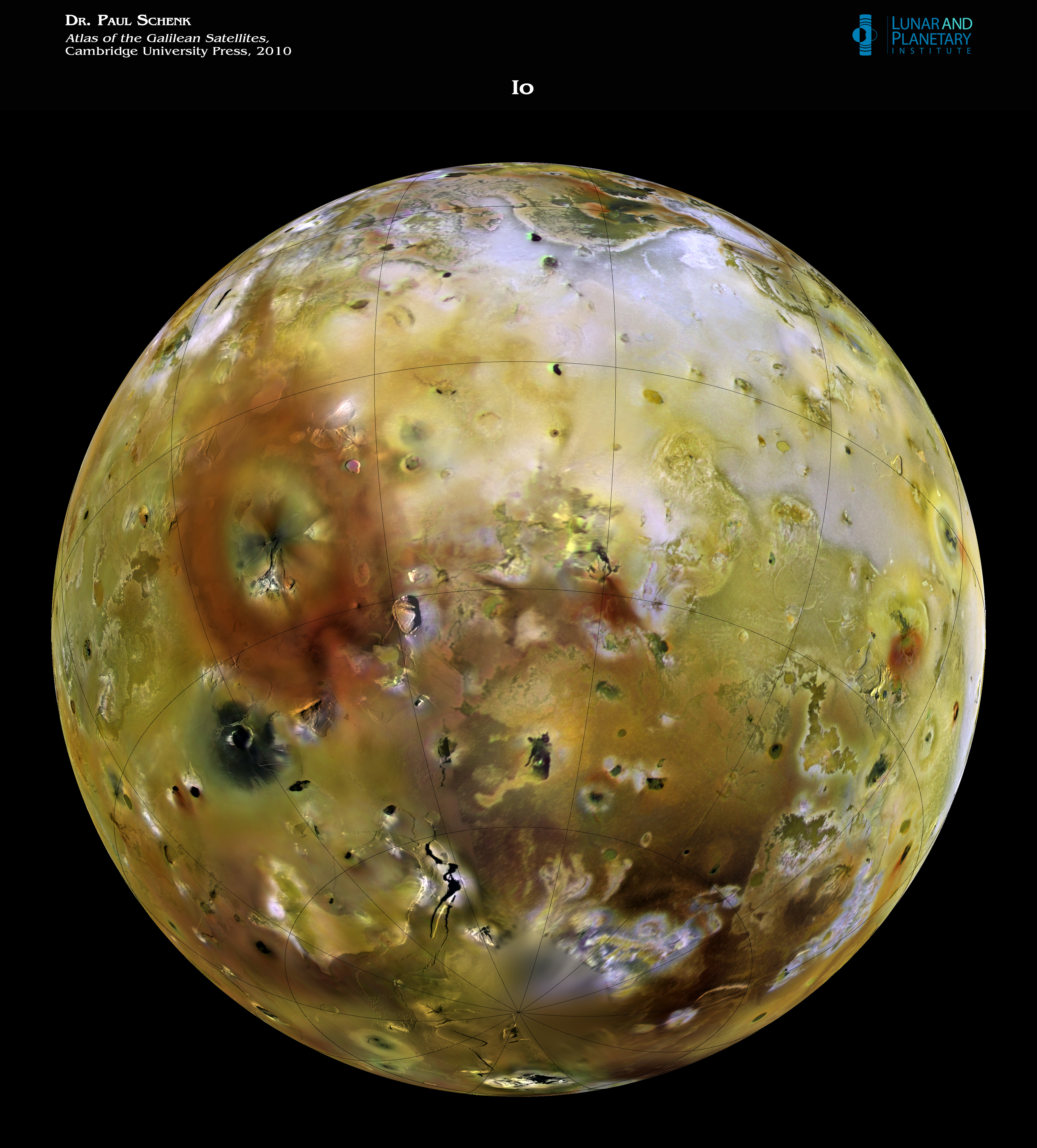


But more modest levels of internal heating have given the moon a subsurface ocean and an icy crust rather than lava-spewing calderas. The slightly more distant Europa lies in the clutches of Jupiter’s radiation and tides, too. Trapped inside Jupiter’s radiation belt and internally heated by the planet’s powerful tidal forces, which knead the moon’s innards like dough, Io is a completely ice-free world of hyperactive volcanoes. The differential compositions of the four Galilean moons has puzzled researchers for decades-ever since the first high-quality density measurements of the satellites were obtained.

“It’s given people a completely new process to think about,” says Francis Nimmo, who studies icy moons at the University of California, Santa Cruz, and was not part of the research. In the case of Jupiter, computer modeling by Bierson and his colleagues suggests that the planet’s early brilliance would have lit up its newborn moons and boiled away most of their water within a few million years. But the less flashy matter of how such glows might shape accompanying moons has remained scarcely studied. This is more than a theory: astronomers regularly use this glow to image young giant exoplanets that would otherwise be lost in the glare of their nearby stars. This process releases oodles of excess energy and gives newborn giants a literal youthful glow that can last for millions of years. Giant planets form by glomming together and compressing enormous volumes of gas and dust. New research revealed at a conference last month by Carver Bierson, a planetary scientist at Arizona State University, may shed some light on the subject. Although these natural satellites should have formed from the same feedstock of material and thus have similar compositions, density measurements suggest that Callisto and Ganymede are far icier than Europa, while Io has no ice at all. That early radiance-and upcoming visits by multiple spacecraft-may help to solve a 40-year-old mystery about the makeup of those satellites.įor decades scientists have struggled to understand the strange density differences in Jupiter’s four Galilean moons-which, in order from closest to the planet to farthest from it, are Io, Europa, Ganymede and Callisto. As a newborn planet, Jupiter glowed brightly in the sky and outshined today’s sun from the perspective of the gas giant’s largest moons.


 0 kommentar(er)
0 kommentar(er)
